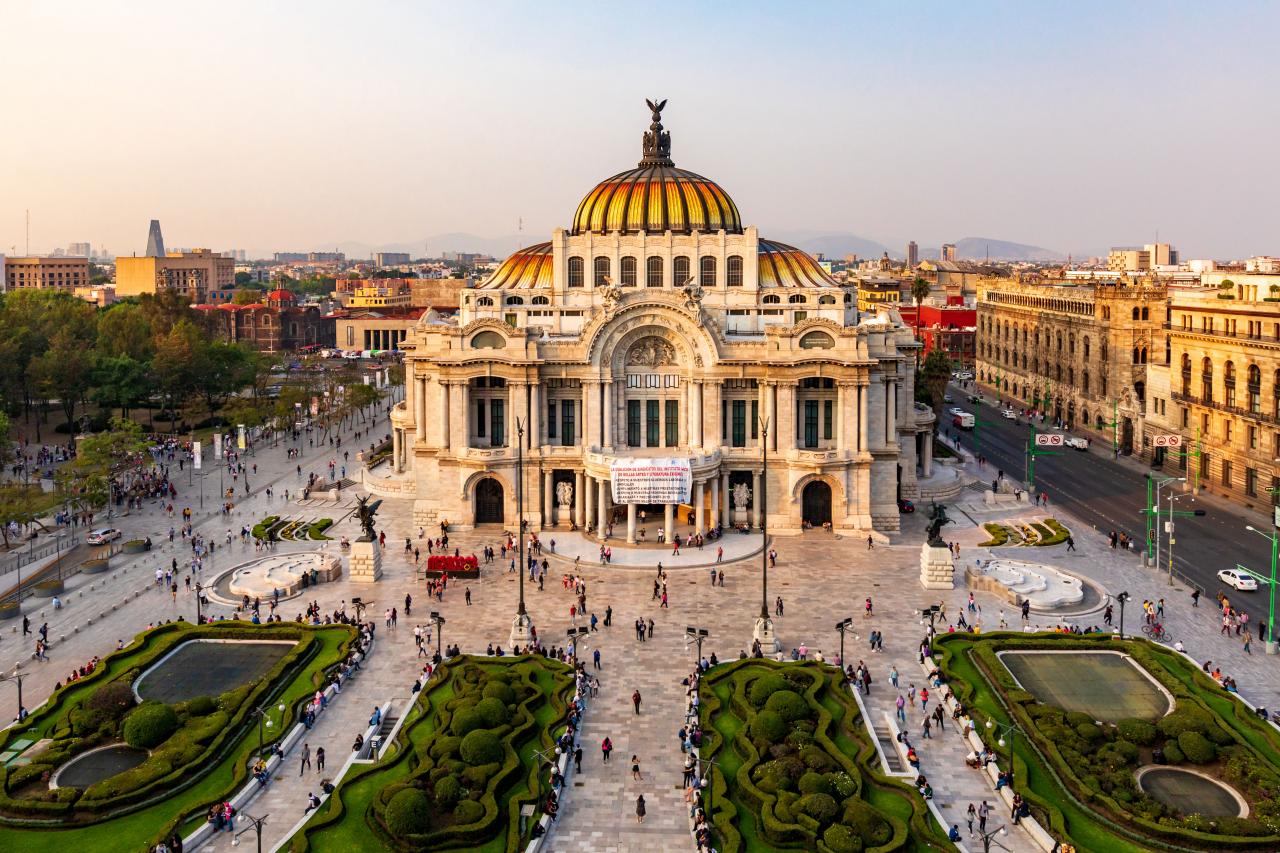POPULATION
8.855.000
CURRENCY
MEXICAN PESO
TIMEZONE
GMT -6:00
LANGUAGE
SPANISH
WEATHER
JULY 24ºC /
JANUARY 10ºC
AIRPORTS
Benito Juarez International Airport
HISTORICAL IMPORTANCE OF MEXICO CITY
Mexico City, the capital of Mexico, holds profound historical significance that spans millennia, shaping the nation's identity and influencing global history. From its ancient roots as the Aztec capital of Tenochtitlan, founded in 1325 AD on an island in Lake Texcoco, the city flourished as a center of Aztec culture, marked by advanced architecture and intricate water systems. The Spanish conquest in 1521 transformed Tenochtitlan into the colonial capital of New Spain, making Mexico City a hub of Spanish colonial power in the Americas. This era saw the construction of grand colonial buildings like the Metropolitan Cathedral and the National Palace, blending Spanish and indigenous influences in architecture and art. Mexico City became a catalyst for cultural synthesis, fostering a rich tapestry of traditions that shaped its identity. The city's role in Mexico's independence struggle and subsequent political reforms solidified its status as a beacon of change and progress. Today, Mexico City stands as a sprawling metropolis known for its vibrant cultural scene, historic landmarks, and dynamic urban life, embodying a living testament to its complex and enduring history that continues to influence the cultural landscape of the Americas and the world.

Why is Mexico City the Capital of Mexico?
Mexico City serves as the capital of Mexico due to its historical, cultural, economic, and political significance. Originally founded by the Aztecs as Tenochtitlan in 1325 AD, it was situated on an island in Lake Texcoco, symbolizing its strategic importance as a center of power and trade in the region. Upon the Spanish conquest in 1521, Tenochtitlan was transformed into the capital of New Spain, reflecting its role as the administrative and cultural heart of Spanish colonial rule in the Americas. Over the centuries, Mexico City continued to grow as a focal point of Mexico's independence struggle, political reforms, and economic development. Today, as one of the largest and most populous cities in the world, Mexico City remains the center of government, commerce, finance, culture, and education in Mexico, embodying the country's rich history and dynamic evolution as a modern nation-state.
THE BEST TIME TO VISIT MEXICO CITY
The best time to visit Mexico City largely depends on your preferences for weather, events, and activities. Generally, the optimal times are during the dry season, which spans from late fall to early spring (November to April). During this period, the weather is mild and pleasant, with clear skies and comfortable temperatures ranging from 60-75°F (15-24°C). This makes it ideal for exploring outdoor attractions, visiting historical sites, and enjoying cultural events without the heat or rain of the summer months. Additionally, visiting during major festivals like Dia de los Muertos (Day of the Dead) in late October to early November or Semana Santa (Holy Week) around Easter can offer unique cultural experiences, though expect larger crowds during these times. Overall, to avoid the rainy season and enjoy Mexico City's attractions comfortably, plan your visit between November and April for the best experience.
TRANSPORTATION TO MEXICO CITY
Getting to Mexico City is convenient and accessible through multiple means of transportation. Benito Juárez International Airport (MEX) serves as a major gateway with direct flights connecting the city to destinations across the globe. Upon arrival, travelers can easily access taxis, Uber, or airport shuttles for a quick transfer to the city center, located approximately 5 miles away. Mexico City's extensive bus network offers connections to various cities within Mexico and neighboring countries from terminals like Terminal Central de Autobuses del Norte and TAPO. For those driving, major highways provide access to the city, though navigating through urban traffic should be considered. Once in Mexico City, the metro and bus systems offer efficient and affordable transportation for exploring the city's diverse attractions and neighborhoods.
OLDEST CITY IN AMERICAS
Mexico City holds the distinction of being one of the oldest cities in the Americas, founded in 1325 AD by the Aztecs on an island in Lake Texcoco as Tenochtitlan. Renowned for its advanced urban planning, monumental architecture, and vibrant culture, it flourished as the capital of the Aztec Empire. Following the Spanish conquest in 1521, Tenochtitlan was rebuilt and renamed Mexico City, becoming the capital of New Spain and later Mexico. This historical continuity underscores Mexico City's status as a cultural and political epicenter in the Americas, blending indigenous heritage with Spanish colonial influence to shape its identity as one of the world's largest and most dynamic cities today.
THINGS TO DO AND PLACES TO VISIT

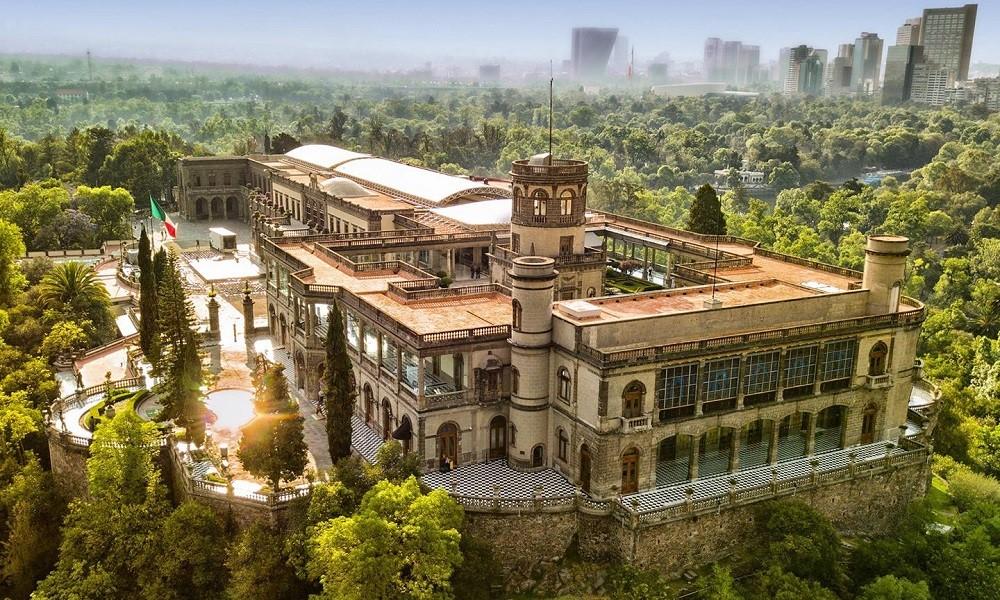
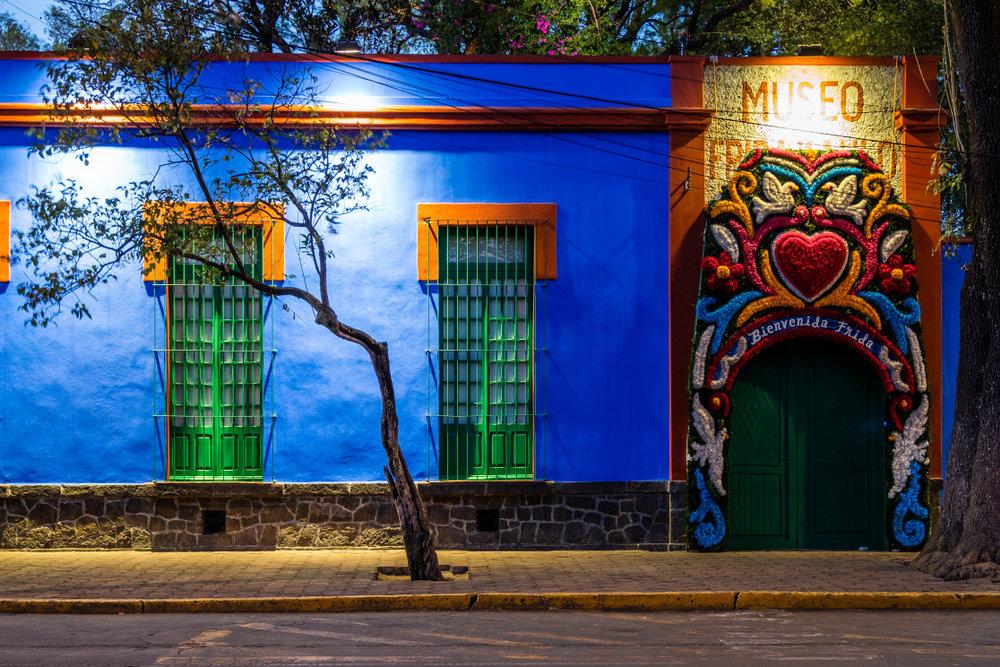
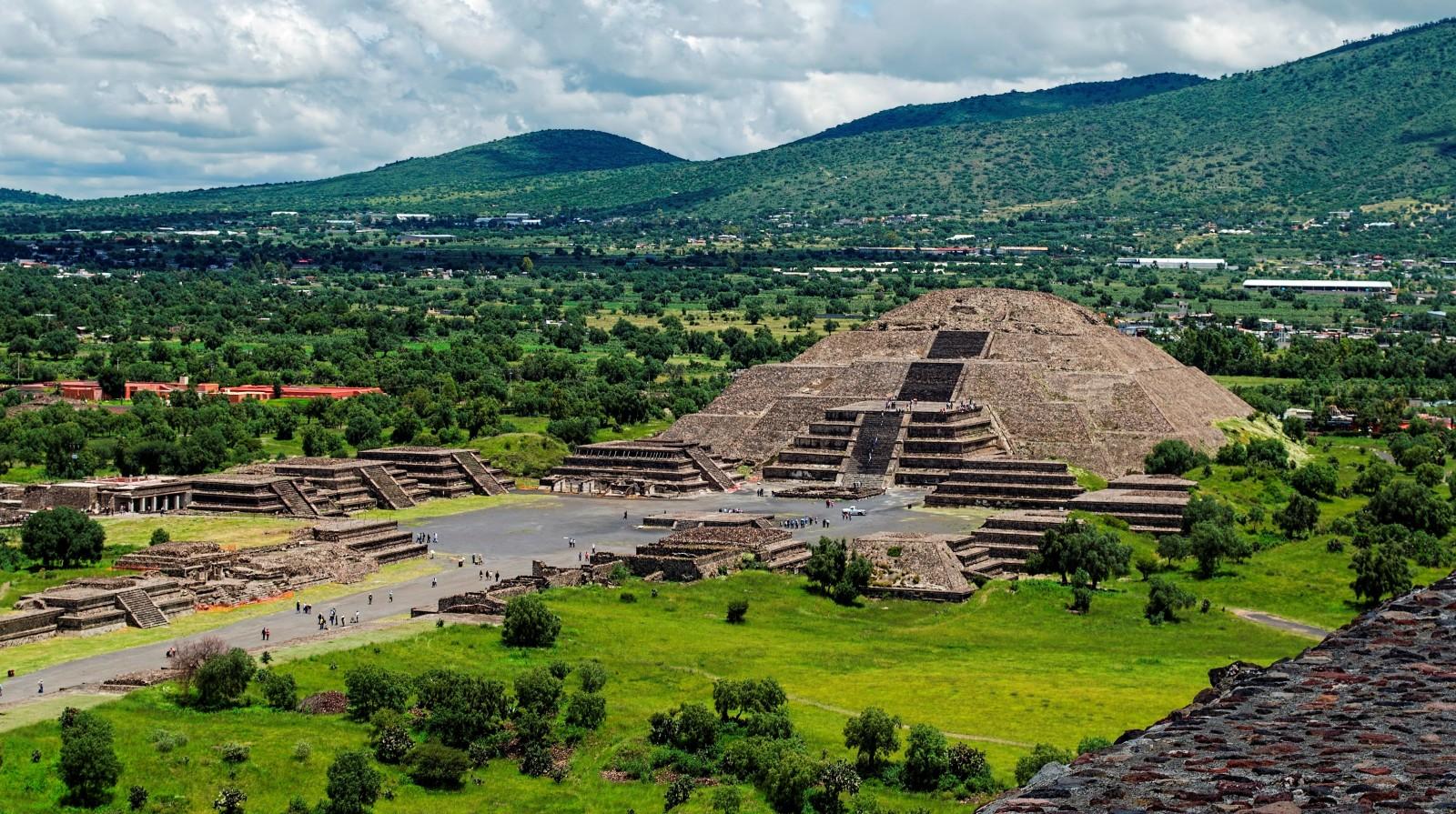
WHAT TO EAT IN MEXICO CITY

TAMALES
Tamales are a quintessential dish in Mexican cuisine, dating back to ancient Mesoamerican civilizations and cherished for their rich flavors and cultural significance. Made from masa, a corn dough, tamales are filled with a variety of ingredients such as meats (like chicken, pork, or beef), cheese, vegetables, or chili peppers, then wrapped in corn husks or banana leaves and steamed until tender. This cooking method allows the masa to absorb the flavors of the filling, resulting in a moist and flavorful tamal. Tamales are enjoyed year-round but hold special prominence during holidays and celebrations, where families gather to prepare and share these delicious treats. Whether served with salsa, guacamole, or mole sauce, tamales showcase the diversity and tradition of Mexican culinary heritage.
:max_bytes(150000):strip_icc()/20210712-tacos-al-pastor-melissa-hom-seriouseats-37-f72cdd02c9574bceb1eef1c8a23b76ed.jpg)
TACOS AL PASTOR
Tacos al Pastor are a beloved Mexican street food known for their tantalizing blend of flavors and cultural roots. Originating from Lebanese immigrants in Mexico who brought the technique of spit-roasting meat, Tacos al Pastor feature thinly sliced marinated pork layered on a vertical spit (similar to shawarma) with pineapple, onion, and cilantro. The marinade typically includes achiote paste, vinegar, and various spices, infusing the meat with a savory and slightly tangy taste. As the pork cooks, it is shaved off the spit and served on small corn tortillas, often accompanied by salsa, lime, and additional toppings. This iconic dish showcases Mexico's culinary fusion and is a must-try for anyone exploring the vibrant street food scene of the country.
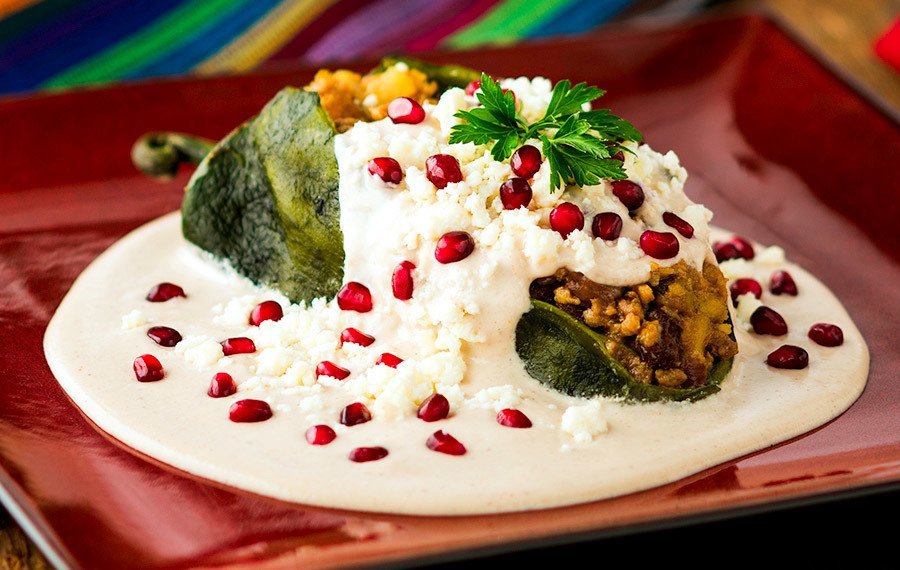
CHILES EN NOGADA
Chiles en Nogada is a traditional Mexican dish with deep cultural significance, especially popular during patriotic celebrations like Mexican Independence Day. It consists of poblano peppers stuffed with a mixture of ground meat (usually pork or beef), fruits such as apple, pear, and peach, as well as nuts and spices. The stuffed peppers are then covered in a creamy walnut sauce, known as "nogada," which is flavored with sherry or white wine. The dish is garnished with pomegranate seeds and parsley, representing the colors of the Mexican flag: green, white, and red. Chiles en Nogada not only delights the palate with its savory-sweet flavors but also embodies Mexico's rich culinary heritage and cultural symbolism.
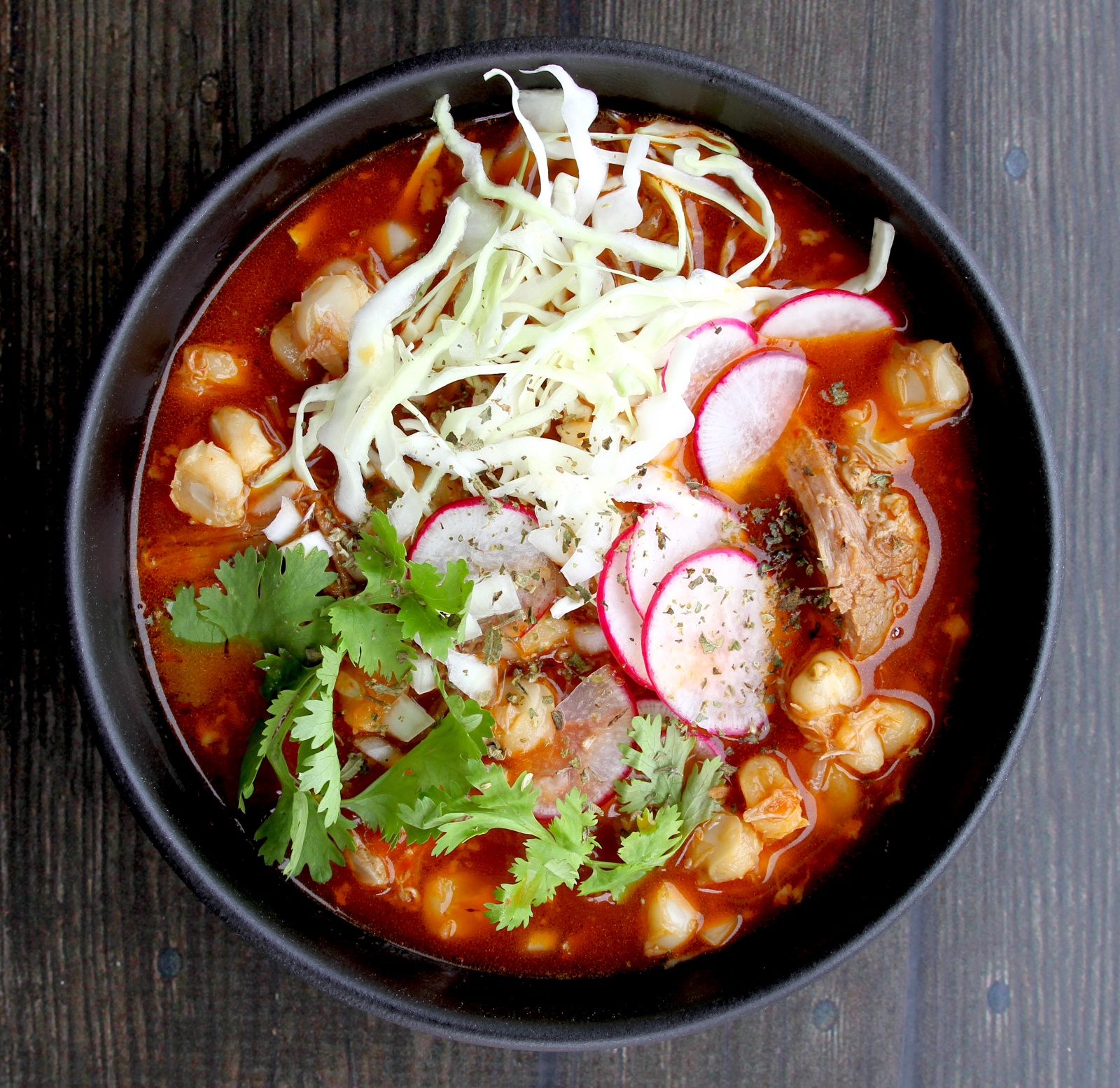
POZOLE
Pozole is a traditional Mexican soup or stew known for its hearty and flavorful characteristics. It typically features hominy corn kernels cooked in a savory broth made from pork or chicken, seasoned with garlic, onions, and various spices such as oregano and chili peppers. The dish comes in three main varieties: rojo (red), verde (green), and blanco (white), each named after the color of its primary chili pepper sauce. Pozole is often garnished with shredded lettuce or cabbage, radish slices, onion, lime, and chili peppers, allowing diners to customize their bowls to taste. With its origins dating back to pre-Columbian times and its enduring popularity across Mexico, pozole represents a comforting and culturally significant dish enjoyed during festive occasions and family gatherings.
HOW MANY DAYS SHOULD YOU SPEND IN MEXICO CITY?
To make the most of your visit to Mexico City, plan to spend approximately 4-5 days exploring its diverse attractions and vibrant culture. Begin by immersing yourself in the historic heart of the city, Centro Histórico, where you can visit the Zócalo, Metropolitan Cathedral, and Templo Mayor. Explore the trendy neighborhoods of Roma and Condesa for their bohemian atmosphere, art galleries, and culinary delights. Spend a day at Chapultepec Park, home to Chapultepec Castle and the impressive National Museum of Anthropology. Delve into Mexico City's renowned food scene with a day dedicated to sampling street food like tacos al pastor and tamales, complemented by dining experiences in traditional cantinas or upscale restaurants. This itinerary allows you to appreciate Mexico City's blend of ancient history, colonial architecture, contemporary culture, and delicious cuisine, ensuring a memorable and enriching experience in one of the world's largest and most fascinating cities.
